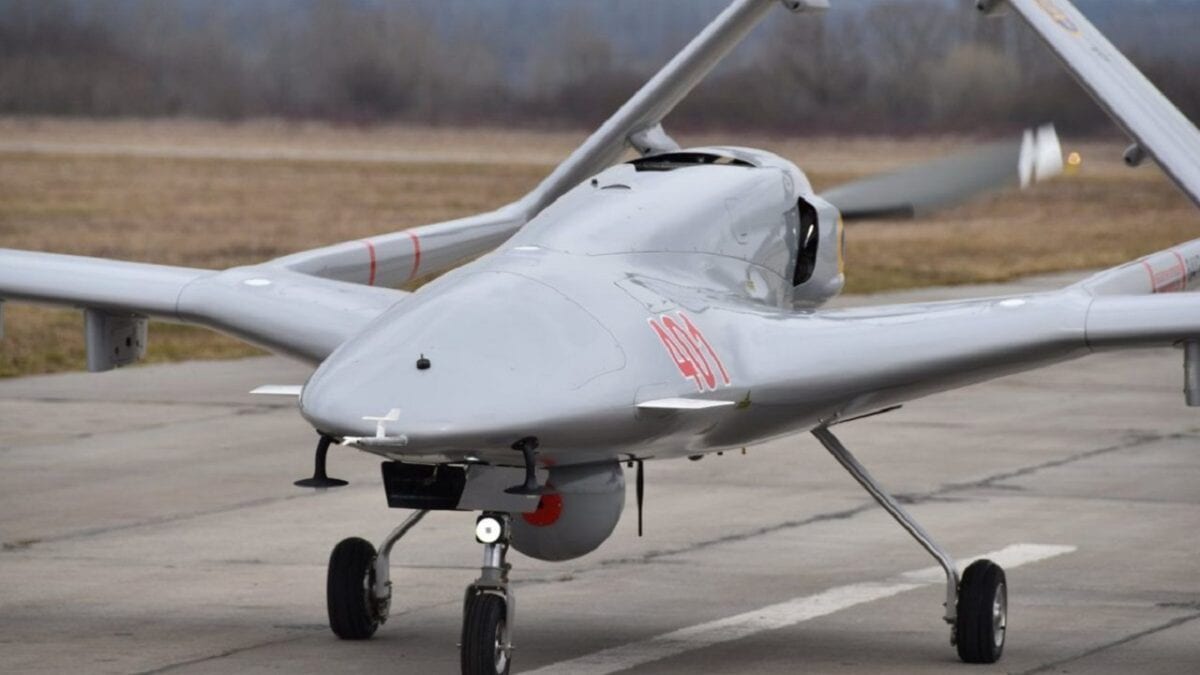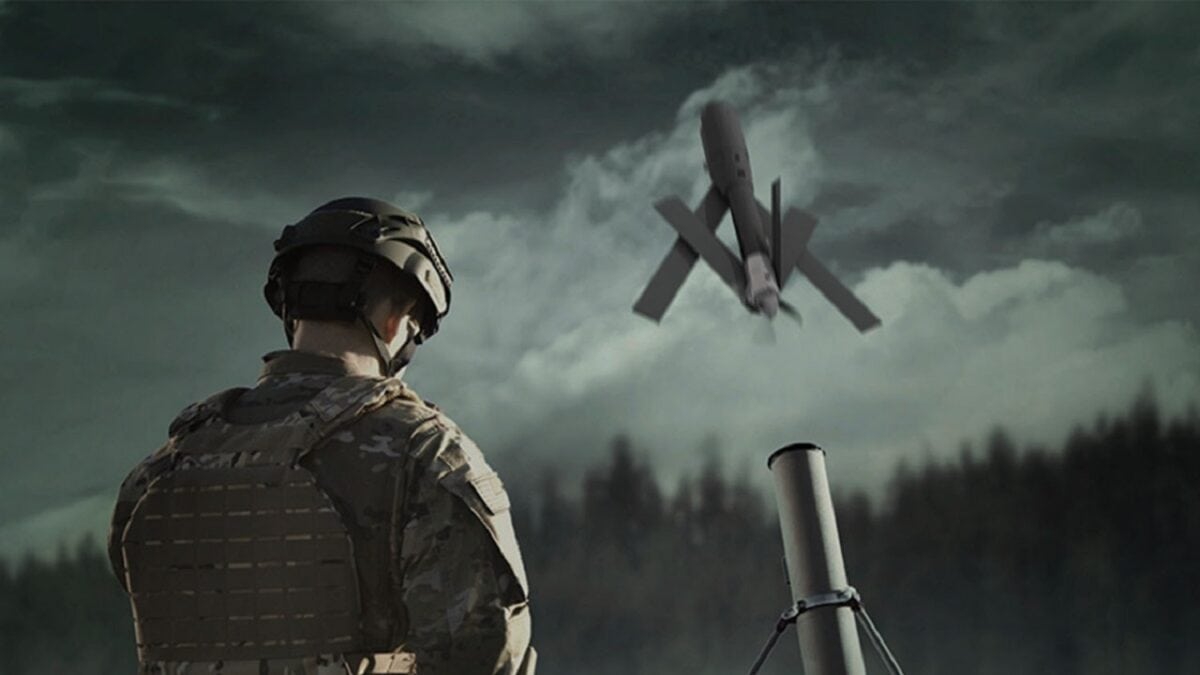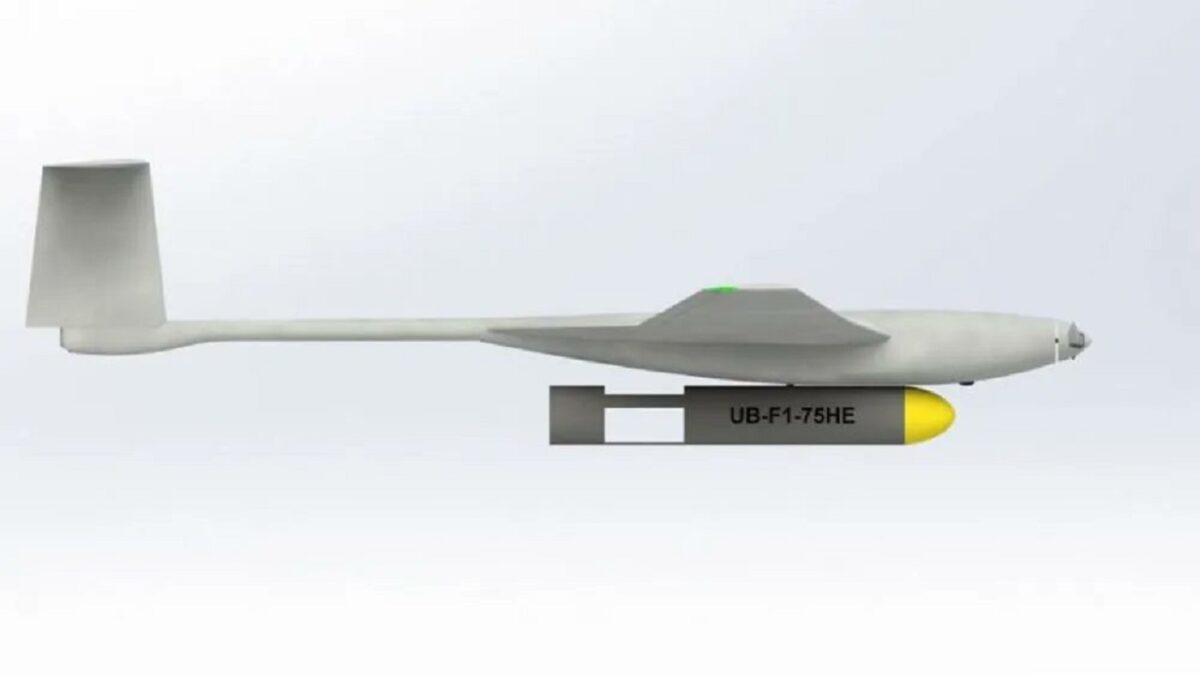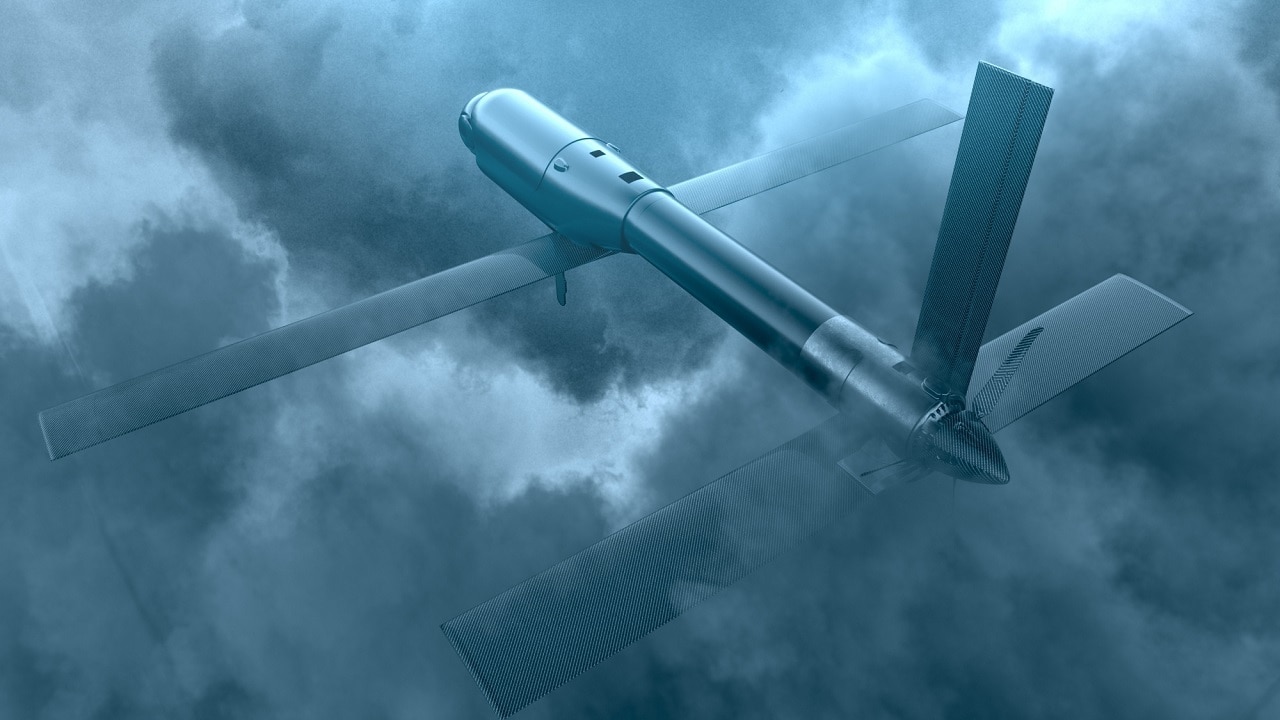3 Three Drones Ukraine Is Using Against the Russians – Whether it’s attacking enemy tanks and armored vehicles, conducting bomb damage assessment, or creating targeting data for friendly artillery, Ukraine has used drones to great effect. The Ukrainian military has utilized unmanned systems that launch anti-tank missiles, carry bomblets, or conduct intelligence, surveillance, and reconnaissance. Video collected of successful combat strikes has been used on social media to show the world that Ukraine is mastering unmanned flight.
Let’s take a closer look at these drones to see how effective they are. Here are the three best remotely-piloted craft that Ukraine is deploying in the war.
Bayraktar TB2 Is Owning the Skies
The first drone that jumps out at you is the Turkish-made Bayraktar TB2 produced by the defense firm Baykar.
Founded in 1986, Baykar has 2,000 employees and has made several hundred drones over the years. The TB2 medium altitude long endurance combat drone has made Russia pay with numerous documented kills. The ground station of the TB2 has two terminals for controlling the technology and a base for launching.
The 21-foot long TB2 can autonomously take off and land with a full avionics suite onboard. It can fly at 18,000 to 25,000-feet for up to 27-hours. Its range is 185-miles. The TB2 has an auto-pilot feature – and the drone is not fully dependent on GPS – it has its own sensors.

Bayraktar TB2 Drone of the Ukrainian Air Force.
The TB2 carries four Smart Micro Munition laser-guided missiles. It has a lower radar cross-section that is allowing it to sneak through Russian air defenses.
Switchblade Kamikaze Drones Blasting Russian Targets
The next drone is known for its “kamikaze” or suicide capability. This is the aptly named Switchblade. Also called loitering munitions, these tactical drones can be carried in rucksacks and released into the air by soldiers. There are two models that have different missions. The “300” is smaller and meant for anti-personnel attacks and the “600” is heavier with larger warheads intended to take out tanks and armored vehicles.
These drones take only minutes to launch. The drones can fly at least 100-miles per hour and the 600 model still weighs only 50-pounds. It can attack targets 24-miles away and loiter for 40-minutes. The interesting thing about the Switchblade is that its attack scheme can be called off if no target presents itself. The targeting is accomplished by GPS, or it can be manually controlled.

Switchblade drone. Image Credit: Industry handout.
Homegrown Punisher Making Its Presence Known
Punisher medium-sized drones are made in Ukraine and can take on three targets at once. They are being used to harass and interdict Russian supply lines, ammunition and supply depots, plus command and control centers. They can be launched after recovery and re-arming to hit the skies again in seven minutes.
It only flies at 44-miles per hour, but it has been able to sneak behind enemy lines with a 29-mile range. The Punisher operates at 1,300-foot altitude for three-hour-long missions with a 4.4-pound explosive payload.
The Punisher occupies a role between the larger-sized TB2 and the smaller-sized Switchblade. But the 7.5 feet-long Punisher has a disadvantage. The system relies on another drone called the Spectre to provide it with targeting data, which makes it more complicated to run.

Punisher Drone. Image Credit: Industry Handout.
Nevertheless, after receiving GPS location coordinates from the Spectre, it is “fire and forget,” automatically tracking its way to the enemy target.
Three-drone Package Is a Winner
The Ukrainians have surprised the Russians with these three drones. The invaders came into the war with high confidence in their anti-aircraft capabilities. They failed to integrate mobile air defenses in early armored columns that made easy pickings for the TB2 especially. One Ukrainian tactic is to destroy the lead tank and the most rearward tank and then watch the convoy become a parking lot. The Russians have woken up and adjusted procedures. They are beginning to shoot down the Ukrainian Bayraktar drone.
But the defenders have dozens more in reserve. Plus, the Switchblade fits in nicely with its loitering capability for the front lines while the Punisher can attack in the rear. The three drones comprise an effective package of aerial tactics. The Russians were supposed to be the innovative side with modern drone warfare, but the Ukrainians are showing they can play a winning hand as well.
Now serving as 1945’s Defense and National Security Editor, Brent M. Eastwood, PhD, is the author of Humans, Machines, and Data: Future Trends in Warfare. He is an Emerging Threats expert and former U.S. Army Infantry officer. You can follow him on Twitter @BMEastwood.

